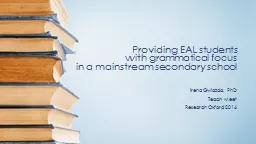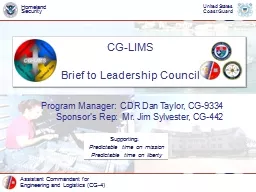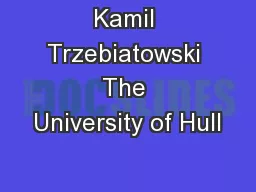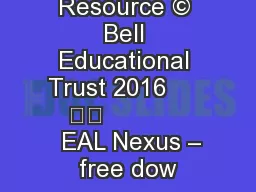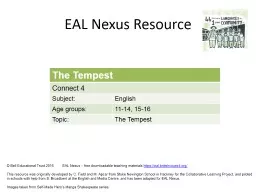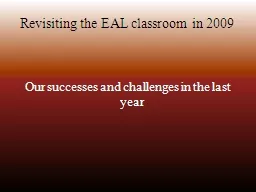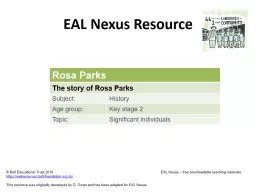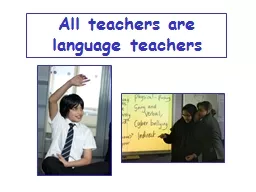PPT-Providing EAL students
Author : bery | Published Date : 2022-06-18
with grammatical focus in a mainstream secondary school Irena Gwiazda PhD Teach Meet R esearch Oxford 2016 Formfocused instruction research Research design
Presentation Embed Code
Download Presentation
Download Presentation The PPT/PDF document "Providing EAL students" is the property of its rightful owner. Permission is granted to download and print the materials on this website for personal, non-commercial use only, and to display it on your personal computer provided you do not modify the materials and that you retain all copyright notices contained in the materials. By downloading content from our website, you accept the terms of this agreement.
Providing EAL students: Transcript
Download Rules Of Document
"Providing EAL students"The content belongs to its owner. You may download and print it for personal use, without modification, and keep all copyright notices. By downloading, you agree to these terms.
Related Documents

